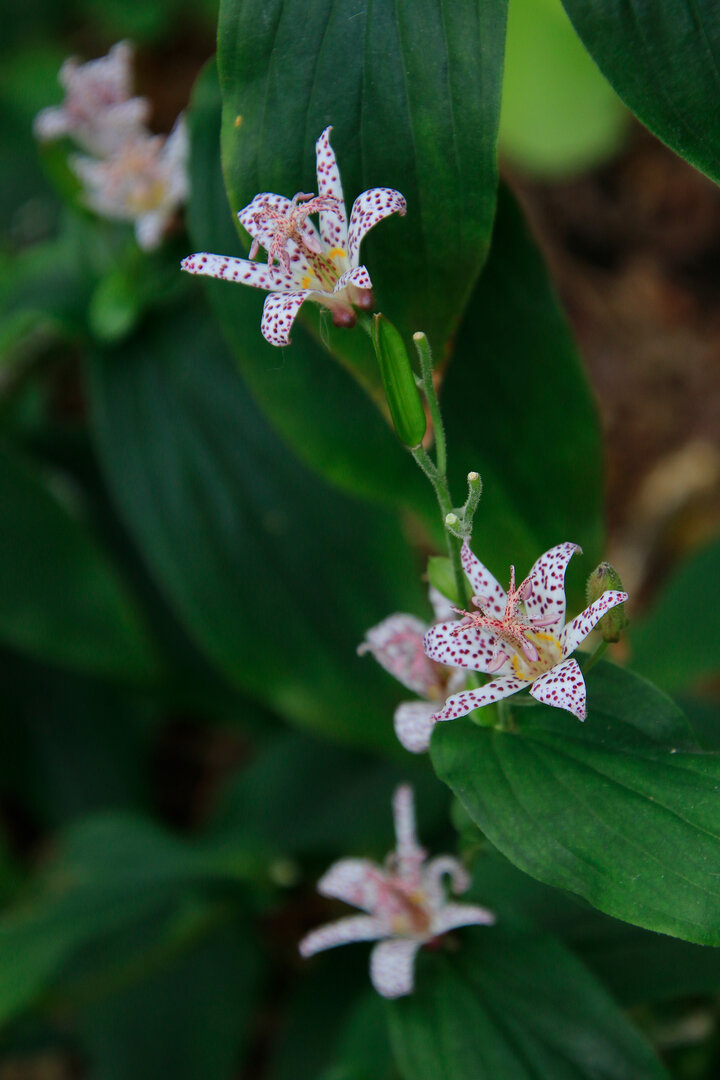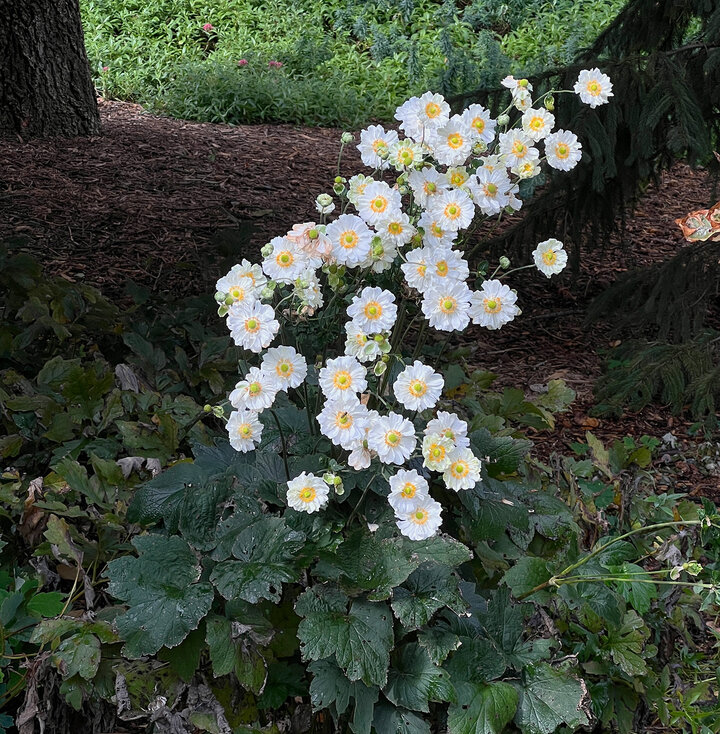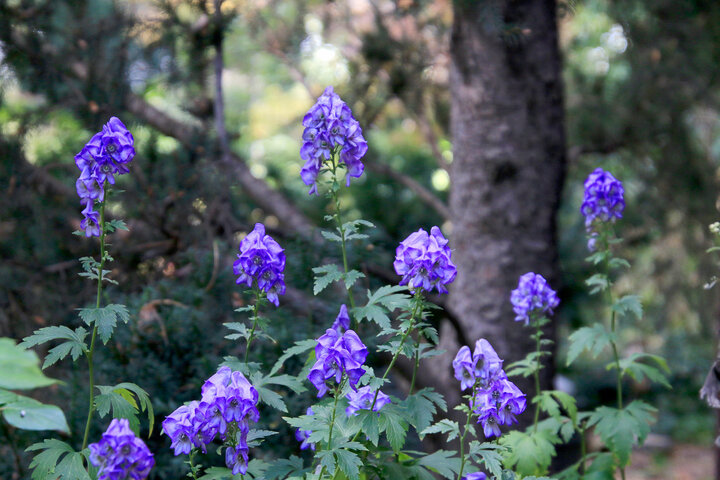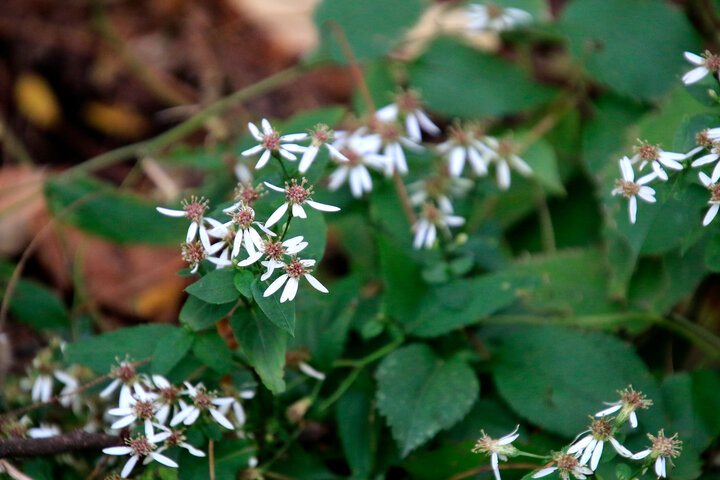
It’s easy, this time of year, to get swept up in the “must-do” list—cutting things back, cleaning up, coiling hoses, putting tools away. And of course, who can resist pausing to admire the blaze of red and gold leaves that define fall in Nebraska?
But look a little closer, and you’ll find that some of the season’s real treasures aren’t trees at all. A handful of perennials—with strong foliage, graceful shapes, and surprising late blooms—quietly carry color and interest long after most of the garden has gone to sleep.
Here are a few of my favorites that keep the garden lively right into November:
Toad Lily (Tricyrtis hirta, T. formosana)
Gracefully arching or upright unbranched stems with broadly oblong leaves are decorated with otherworldly flowers beginning as early as August and often continue into November. The lily-like white, cream or pale pink flowers are heavily covered with purple spots and occur in the leaf axils or on the ends on the stems. Plant these in part shade where the wild and crazy flowers can be seen up close.

Fall-blooming Anemone (Anemone tomentosa, A. japonica, A. x hybrida)
Large mounds of dark lobed foliage fill the garden until September, when branched stems sporting clusters of two-to three-inch wide pink or white flowers with bold gold stamens and pistils rise to a height of four to five feet. Flowers sparkle against dark backgrounds in part shade, lasting until mid-November.

Monkshood (Aconitum carmichaelii)
Dramatic clusters of brilliant, deep blue hooded flowers begin appearing in October and last well into November. Like fall-blooming anemone, the flowering stems arise from mounds of lobed dark green foliage. Enjoy this plant in locations where pets and children cannot reach it—all parts of the plant are extremely toxic.

Turtlehead (Chelone glabra, C. lyonii)
This remarkably tough dark-foliaged, upright perennial spreads slowly to form small colonies in average to moist part-to full shade conditions. Dense terminal spikes of pink or white ‘turtle head’ flowers can appear in early August and continue until a hard freeze signals the arrival of winter. Pink and white turtlehead are both native to the eastern United States.

White Wood Aster (Eurybia divaricata)
The large, toothed leaves; wiry purplish stems and starlike white flowers of this graceful eastern US native are an unusual addition to the fall landscape. Flowering can last weeks, showing to advantage on the stems that sprawl against the bold foliage of hostas. Unlike more well-known tall pink and purple asters, white wood asters slowly spread to form an open groundcover in shade and average to dry soils.

So as you tidy up for the season, take a moment to notice what’s still blooming quietly in the corners. These perennials remind us that beauty doesn’t end when the leaves fall—it just changes form.



